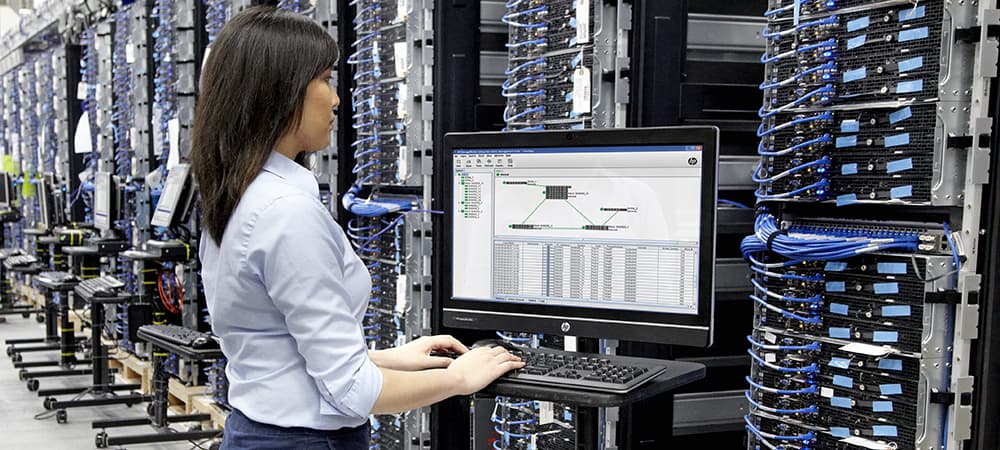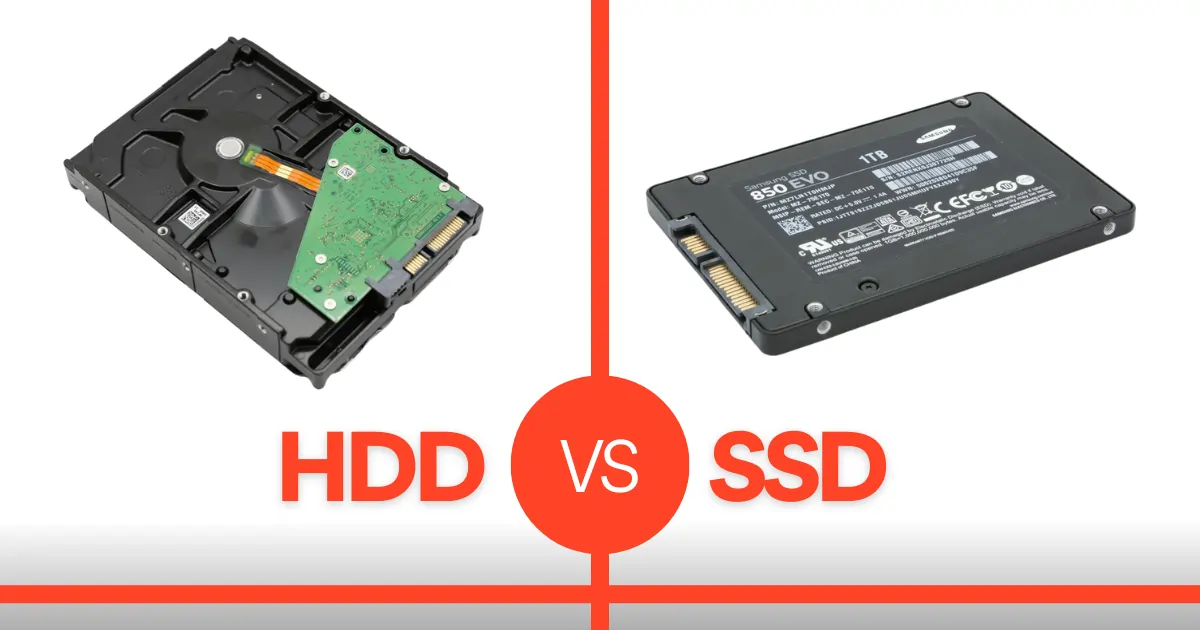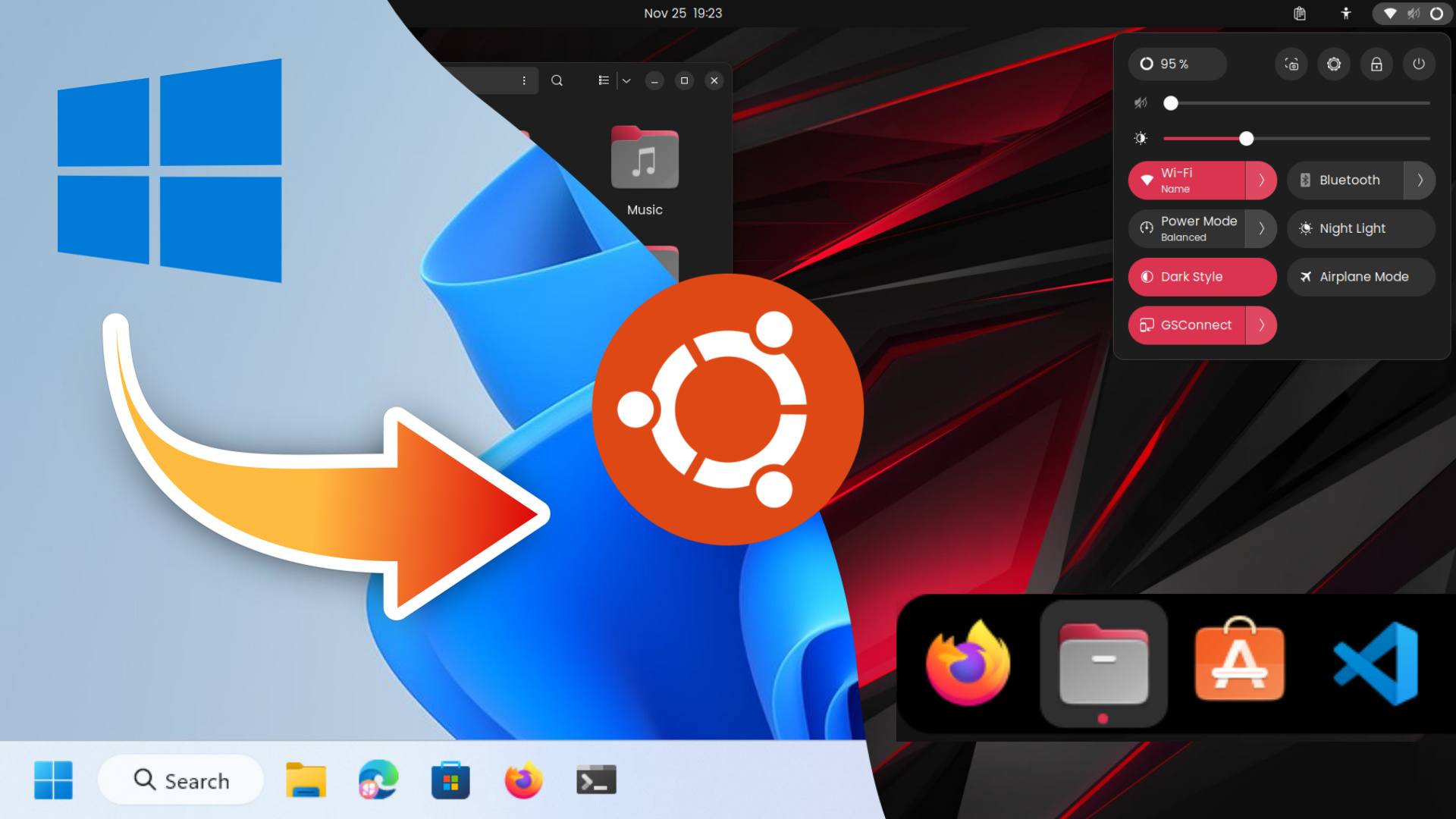Setting up a home server can provide a range of benefits, from file sharing and media streaming to hosting websites and running applications. Whether you’re looking to create a centralized data hub for your household or experiment with server technologies, establishing a home server requires careful planning, hardware selection, and configuration. This article outlines the key steps involved in setting up a home server, including determining your needs, selecting hardware and software, and configuring and securing your server.
Assessing Your Needs
The first step in setting up a home server is to assess your needs and determine what you want your server to achieve. Common uses for home servers include file storage and sharing, media streaming, running a personal website or blog, and managing home automation systems. Understanding your requirements will guide your decisions on hardware, software, and network configuration. For example, if you plan to use your server for media streaming, you’ll need ample storage and sufficient processing power. Conversely, if you’re setting up a server for file sharing, basic hardware might suffice. Consider your goals and the potential growth of your server’s role in your home network.
Selecting Hardware
Once you have a clear understanding of your needs, select the appropriate hardware for your home server. You can repurpose an old computer or purchase dedicated server hardware, depending on your budget and requirements. Key hardware components include:
- CPU: A server CPU with multiple cores will handle multiple tasks efficiently. An Intel Core i5 or AMD Ryzen 5 is suitable for most home server applications.
- Memory (RAM): Aim for at least 8GB of RAM for basic home server tasks. For more demanding applications, such as virtual machines or media servers, consider 16GB or more.
- Storage: Choose storage solutions based on your needs. For file sharing and media storage, a large hard drive (HDD) or solid-state drive (SSD) is essential. Consider using multiple drives in a RAID configuration for redundancy and performance.
- Network Interface: Ensure your server has a reliable network interface card (NIC) with support for gigabit Ethernet to handle data transfer efficiently.
- Case and Cooling: Select a case that accommodates your hardware and provides adequate cooling. Proper ventilation is crucial to prevent overheating, especially for continuously running servers.
- Power Supply: Choose a power supply unit (PSU) that provides sufficient wattage and stability for your server components.
Choosing and Installing Software
The software you select for your home server will depend on its intended use. Popular options include:
- Operating System: For a home server, you can choose from various operating systems. Windows Server is user-friendly and offers extensive support, while Linux distributions such as Ubuntu Server or CentOS are free and highly customizable.
- Server Software: Depending on your needs, install relevant server software. For file sharing, consider software like Nextcloud or Plex for media streaming. For web hosting, you might install Apache or Nginx, along with a database server like MySQL or PostgreSQL.
- Setup: Follow installation guides for your chosen OS and server software. Most operating systems offer step-by-step installation processes. Configure the software according to your needs, such as setting up user accounts, permissions, and network settings.
Configuring the Network
Configuring your network is essential to ensure your home server is accessible and functional.
- IP Address: Assign a static IP address to your server to ensure it remains consistent and accessible on your network. You can configure this through your router’s settings or directly on the server.
- Port Forwarding: If you want to access your server remotely or host services like a website, configure port forwarding on your router. This forwards external requests to the appropriate internal IP address and port on your server.
- Firewall: Configure the server’s firewall to allow necessary traffic while blocking unwanted connections. Most operating systems come with built-in firewall tools that can be customized to suit your needs.
Securing Your Server
Security is crucial when setting up a home server to protect against unauthorized access and potential threats.
- Updates: Regularly update your server’s operating system and software to patch vulnerabilities and improve security.
- User Accounts: Create strong passwords for user accounts and use multi-factor authentication if available. Avoid using default or easily guessable credentials.
- Backups: Implement a backup strategy to safeguard your data. Regularly back up important files and server configurations to an external drive or cloud storage.
- Encryption: Use encryption to protect sensitive data, especially if you’re accessing your server remotely. Implement HTTPS for web services and encrypt storage drives where necessary.
- Monitoring: Set up monitoring tools to track server performance, detect potential security issues, and ensure that your server operates smoothly.
Testing and Maintenance
After setting up your server, conduct thorough testing to ensure all services are functioning as expected. Check that file sharing, media streaming, and other applications work correctly and that remote access is properly configured. Regular maintenance is also crucial for the long-term health of your server. Monitor server performance, apply updates, and review security settings periodically to address any issues that arise.
Conclusion
Setting up a home server involves careful planning and consideration of your needs, hardware, software, network configuration, and security. By following these steps, you can create a versatile and reliable server that meets your requirements and enhances your home network. Whether you’re using your server for file sharing, media streaming, or hosting services, proper setup and ongoing maintenance will ensure a smooth and efficient experience. Building a home server offers not only practical benefits but also an opportunity to learn about server management and networking, making it a rewarding project for tech enthusiasts.








